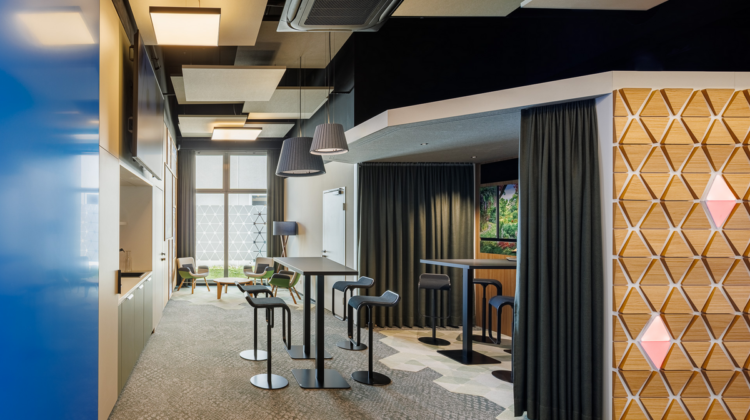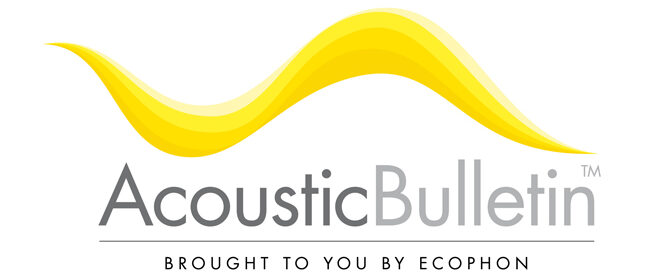
Task-irrelevant speech is among the most common and disruptive sources of noise in modern office environments. For acousticians, the challenge has long been: how do we objectively assess the distraction caused by such fluctuating, speech-dominated environments using tools readily available in the field? A new study by Hongisto et al. (2025) offers a solution. It introduces a simple yet robust predictive method based on standard acoustic measurements—bridging subjective perception with objective data.
Goals of the research
The authors set out to answer two key questions:
- Which acoustic features best explain perceived distraction from various speech-dominated sound environments?
- Can we build a simple, real-time method to predict this distraction using common sound level meter metrics?
Methodology overview
The research was carried out in three carefully designed psychoacoustic experiments:
- Experiment 1 (Pilot) – Explored initial concepts with 10 expert participants.
- Experiment 2 (Main Study) – Refined the method using 39 subjects and 111 sound scenarios.
- Experiment 3 (Validation) – Tested the method with 43 professionals (including international participants) at the BNAM 2024 conference, comparing native and non-native listeners.
Across these, participants rated their perceived distraction while listening to audio samples mimicking realistic office soundscapes. Variables included:
- Number of simultaneous speakers (0–12)
- Signal-to-noise ratio (SNR): −5 to +25 dB
- Overall sound level (LAeq): 40, 50, or 60 dB
- Speech types: native and foreign
- Key acoustic metrics: LAeq, LA5–LA95 (sound level variability), and fluctuation strength (FS)
Core finding: the predictive equation
After analyzing over 100 sound stimuli and participant ratings, the authors developed a simple two-variable formula—Method 4—that predicts subjective distraction with very high accuracy (r = 0.96):

Where:
- Dpre is the predicted distraction score (range: 0 to 10).
- 0.205 is the linear scaling factor for LAeq.
- 8.63 is the scaling factor for the SLV-based nonlinearity.
- 4.65 controls the slope and saturation of the SLV effect.
- −10 adjusts the baseline so that minimum predictions align with perceptual floor.
This method only requires two inputs, LAeq and LA5–LA95, both of which can be measured in real-time using a Type 1 sound level meter.
Key insights and practical implications
- LAeq alone is insufficient – Distraction was better explained by level variability (LA5–LA95), especially in quieter environments.
- Modulation matters – Speech variability strongly affects distraction, particularly around 40–50 dB LAeq—typical for many offices.
- Language comprehension is not essential – Even foreign language speech was rated similarly to native speech, suggesting intelligibility of words is not a prerequisite for distraction.
- Ready for field use – The final method is implementable in most measurement contexts, making it suitable for occupational health experts, facility managers, and acousticians.
Conclusion
This study marks a turning point in how acousticians can objectively evaluate the cognitive impact of office noise, especially speech-related distraction. The simplicity of Method 4, coupled with its accuracy, makes it a good tool for practical room acoustic assessments.
Reference: Hongisto, V., Alakoivu, R., Keränen, J., & Laukka, J. (2025). Simple Method for Predicting the Distraction Due to Speech and Babble. Building and Environment, 276, 112915. https://doi.org/10.1016/j.buildenv.2025.112915

